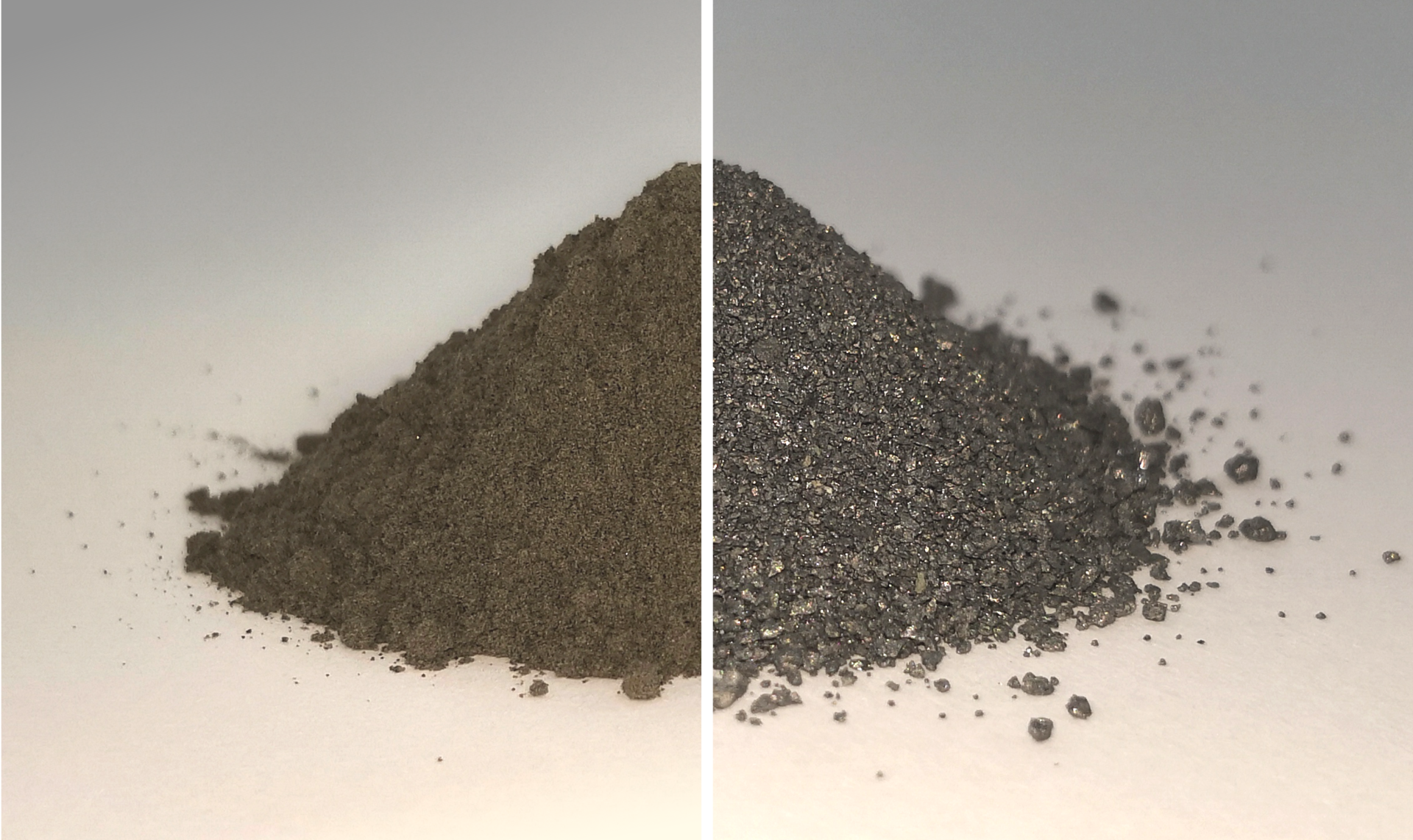
International scientists are working on plans for future cities on Mars. (IO previously reported on this here). At the European Space Agency (ESA), preparations are underway for a permanent and sustainable human presence on the moon. Astronauts will get to live and work on the moon. They will also help develop and test technologies that will be needed for missions further afield into space.
Parallel to this, British engineers are currently working on a process to extract oxygen from lunar dust. The oxygen produced in this manner would mainly be used to generate rocket fuel. It could also be used to supply air for the settlers on the moon. The residual metal powder from the extraction process of the lunar dust could be used to produce building materials for a lunar base. This would be done using 3D printers and would avoid the enormous cost of shipping materials from the earth.
Fine tuning
Earlier this year, the British metallurgy company Metalysis was already able to prove that a process for extracting minerals used on earth also works well with simulated lunar regolith. This thin, dusty layer of rock on the moon is only slightly different from the minerals found on Earth. It is made up of oxygen for about 45 percent. However, this binds to metals such as iron and titanium and is consequently not accessible.
In an electrochemical process, the material is immersed in specially constructed chambers into a molten salt which is heated to 950°C in order to extract the oxygen. Next, electricity is applied to release the oxygen. The oxygen then passes over the liquid salt and collects on an electrode. A mixture of metal powders is left behind. The researchers are now fine-tuning the technology so that it can be used on the moon.
The oxygen that is generated is obviously not needed on earth. However, on the moon, it would be the most significant product of this process. Therefore the aim is to produce as much of the gas as possible. This is why the engineers are working on increasing the amount of oxygen. At the same time, they are trying to lower the temperature required for its production. This could also reduce energy consumption on the moon. Another point is that the chamber in which the process takes place should be reduced in size so that it can be transported to the moon more easily. At present, it is about the size of a washing machine.
Oxygen pilot plant on the moon
Meanwhile, ESA and Metalysis have called on inventors to develop a monitoring system to accompany the process. This could be used to track oxygen production in future lunar extraction facilities. “Some years ago we realized that the seemingly unimportant by-product of our terrestrial mineral extraction process could have far-reaching applications in space exploration”, comments Ian Mellor, Managing Director at Metalysis.
Advenit Makaya, ESA’s materials engineer who is overseeing the project, explains that this project could help to demonstrate how the material that is already on the moon could be used in a sustainable way to support long-term space efforts. “The project will help us learn more about Metalysis’ process, and may even be a stepping stone to establishing an automated pilot oxygen plant on the Moon – with the added bonus of metal alloys that could be used by 3D printers to create construction materials.”
In any event, Sue Horne, head of space research at the UK Space Agency, points out that if you want to build bases on the moon and Mars, you have to produce things like air, water, food, and the like in space. “The involvement of Metalysis in a program that aims to do just that, by producing oxygen on a lunar setting, will showcase the UK’s space credentials on the world stage and help unlock breakthroughs that bring future space exploration a step closer.”
Title picture: Oxygen and metal from lunar regolith © ESA








